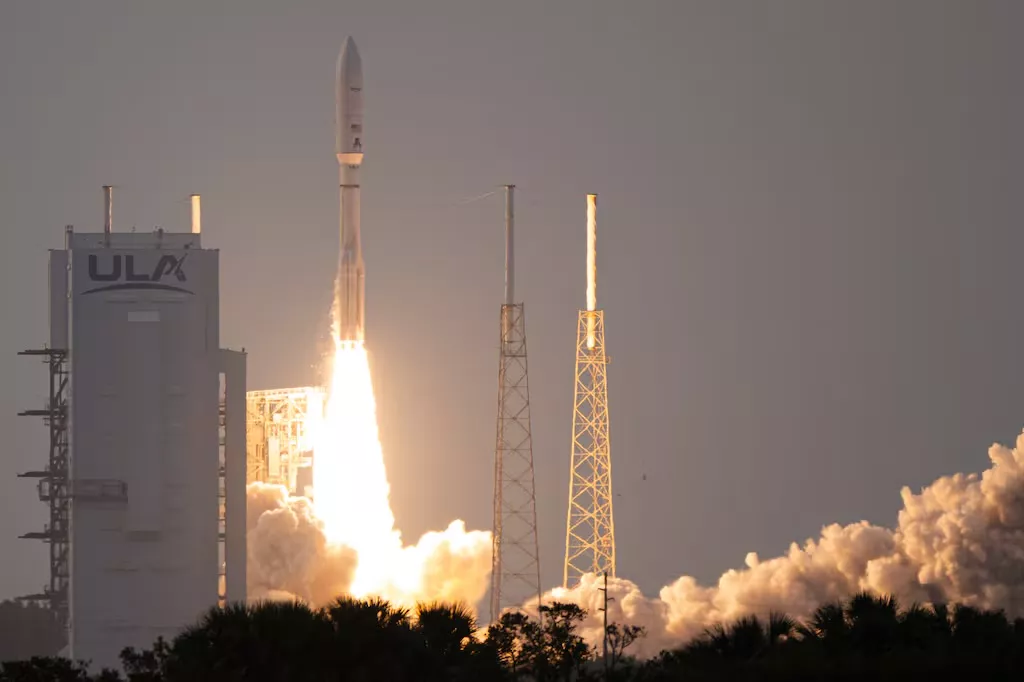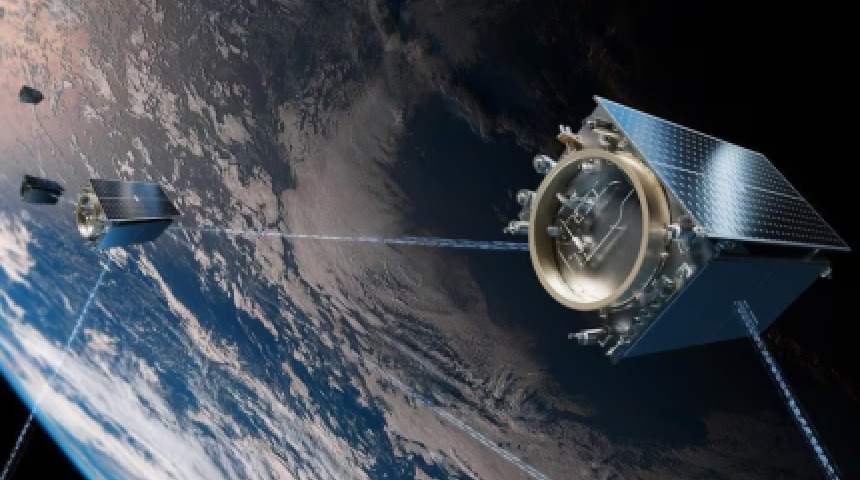美國太空軍探索提升發射韌性與能力 多元方案浮上檯面

(Miguel J. Rodriguez Carrillo/Getty Images)
面對國際局勢緊張與太空軍事競爭升溫,美國太空軍正積極尋找新方法,以確保在衝突或危機時期依然具備穩定的太空發射能力。
據美國防務新聞(Defense News)報導,太空軍目前考量多種方案,目的是「提升發射韌性與容量」,確保衛星及關鍵裝備可即時升空,即使在潛在攻擊或供應鏈中斷情況下,依然維持戰略優勢。
美國太空系統司令部(Space Systems Command, SSC)指出,考量方案包括:
- 增設更多發射場(尤其考慮與盟國共享基地)
- 加速商業火箭公司技術應用
- 建立「快速發射」機制,縮短任務準備期
- 擴大地面基礎設施,分散風險
今年4月,美國太空軍已展開「可行性研究」,評估如何結合現有民間與軍方能力,以提高發射彈性。太空系統司令部發言人強調:「我們不能只依賴單一供應鏈,分散與多元發射場選項是未來關鍵。」
同時,美國與歐洲盟國、日本、澳洲的合作夥伴也正在探討「共享發射場」與資訊交換機制,防止未來若主要基地遭攻擊,仍保有替代發射點。
近期,面對中國、俄羅斯擴張太空反制能力,美國國防部越來越強調「韌性」(resiliency)與「快速應變」能力,確保太空衛星群與地面發射網絡不中斷。分析認為,未來五年,美國太空軍發射政策將大幅轉向「靈活分散」,擺脫過去依賴少數大型基地的模式。
三點重要觀察
- 發射基地多元化將成常態
美國正積極尋找盟國基地與新地點,降低單點失能風險。
- 快速發射技術與商業合作成為焦點
商業火箭與快速反應技術將被納入軍用計畫,加速部署效率。
- 國際合作深化 強化集體韌性
與日本、澳洲、歐洲等夥伴加強資訊與基地共享,形成更強固網絡。
地理位置標示
- 地點:美國佛羅里達州 卡納維爾角(Cape Canaveral Space Force Station — 太空軍主要發射場之一)
- 緯度:28.5623
- 經度:-80.5774
US Space Force Explores Diverse Options to Boost Launch Resiliency and Capacity
Amid rising global tensions and increasing space competition, the U.S. Space Force is actively seeking new strategies to ensure stable launch capabilities during conflicts or crises.
According to Defense News, the Space Force is considering multiple options aimed at improving launch resiliency and capacity. These would ensure satellites and critical assets can still be launched quickly, even if under attack or facing supply disruptions.
The Space Systems Command (SSC) outlined potential strategies:
- Adding more launch sites (including shared allied bases)
- Accelerating the use of commercial rocket technologies
- Establishing a “rapid launch” mechanism to shorten mission preparation time
- Expanding ground infrastructure to spread out risks
In April, the Space Force launched a feasibility study to assess how to combine current civilian and military capabilities to boost launch flexibility. A Space Systems Command spokesperson stressed: “We cannot rely on a single supply chain. Dispersed and diversified launch options are crucial for the future.”
Meanwhile, the U.S. is in talks with European allies, Japan, and Australia to explore “shared launch sites” and information-sharing mechanisms. These would help ensure alternative launch points if primary bases are compromised.
Facing growing counterspace capabilities from China and Russia, the Pentagon is placing greater emphasis on resiliency and rapid response to maintain uninterrupted satellite networks and ground launch systems. Analysts predict that over the next five years, U.S. space launch policy will shift toward “flexible dispersion” rather than relying on a few large sites.
Three Key Takeaways
- Diversification of launch bases will become the norm
The U.S. is actively seeking allied sites and new locations to reduce single-point failure risks. - Rapid launch tech and commercial partnerships are key
Commercial rockets and rapid-response technologies will be integrated into military strategies for faster deployments. - International cooperation will strengthen collective resilience
Deeper collaboration with partners like Japan, Australia, and Europe will build a stronger launch network.
Location Mark
- Location: Cape Canaveral Space Force Station, Florida, USA
- Latitude: 28.5623
- Longitude: -80.5774




回應文章建議規則: